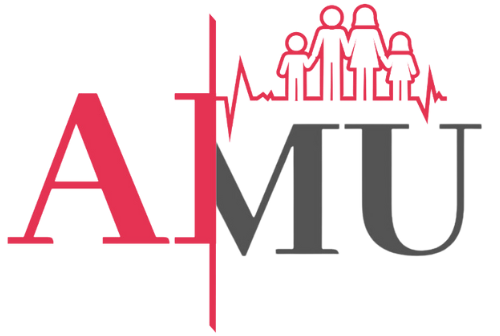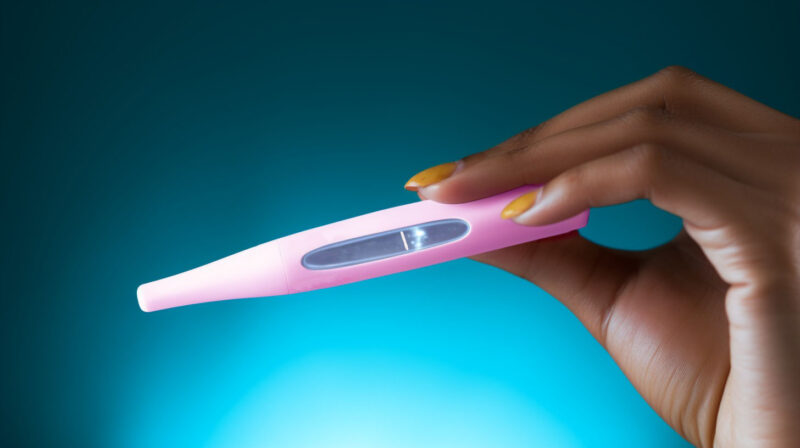Infertility is a complex and emotionally charged topic that affects many couples worldwide. Defined by the World Health Organization (WHO) and the International Committee for Monitoring Assisted Reproductive Technology (ICMART) as the inability to achieve a clinical pregnancy after 12 months or more of regular unprotected sexual intercourse, infertility can be a source of significant distress.
Infertility is a condition that affects both men and women, and its implications are far-reaching. It’s not just about the inability to conceive; it’s about the emotional, psychological, and even societal pressures that come with it. The WHO-ICMART glossary defines infertility as a disease of the reproductive system. There are two primary types:
- Primary Infertility: This refers to couples who have never been able to conceive.
- Secondary Infertility: This pertains to couples who have conceived in the past but are unable to do so now.
Globally, primary infertility is more prevalent. One of the leading preventable causes of infertility is sexually transmitted infections (STIs), which account for a significant percentage of pelvic inflammatory diseases leading to tubal damage. As urbanization spreads and women plan their first pregnancies at older ages, low fertility is becoming increasingly common.
The emotional and psychological toll of infertility is profound, affecting both partners. Despite its impact, infertility prevention and care often don’t receive the attention they deserve, especially in low-income countries. However, there’s a growing push to integrate infertility care into basic health services.
Symptoms of Infertility
Infertility manifests differently in men and women. For many, the only sign is the inability to conceive. However, there are other indicators that can suggest potential reproductive issues.
Symptoms in Women
For women, infertility can present itself in various ways:
- Inability to Become Pregnant: Despite regular unprotected intercourse, some women find it challenging to conceive.
- Inability to Maintain a Pregnancy: Some women may conceive but have recurrent miscarriages.
- Inability to Carry to Live Birth: In some cases, pregnancies may not result in a live birth due to various complications.

Causes
Infertility can arise from a myriad of causes. Approximately one-third of infertility cases are attributed to female factors, another third to male factors, and the remaining third to a combination of both or unexplained reasons.
Female Causes
Several factors can lead to female infertility:
- Damage to Fallopian Tubes: Infections, surgeries, or conditions like endometriosis can damage the fallopian tubes, preventing the egg and sperm from meeting. STIs, particularly, are a common cause of such damage.
- Ovarian and Hormonal Issues: Conditions like Polycystic Ovary Syndrome (PCOS) can disrupt ovulation. Other issues like functional hypothalamic amenorrhea, diminished ovarian reserve, and premature ovarian insufficiency can also impact fertility.
- Uterine Causes: Abnormalities in the uterus, such as the presence of polyps or fibroids, can hinder conception.
- Cervical Causes: In some women, the sperm cannot traverse the cervical canal due to abnormal mucus production or previous cervical surgeries.
Male Causes
Male infertility primarily stems from sperm abnormalities:
- Low Sperm Count: Known as oligospermia, it refers to a sperm count below 20 million/ml. A complete absence of sperm is termed azoospermia.
- Poor Sperm Motility: Termed asthenospermia, it’s when the majority of sperm don’t move efficiently.
- Abnormal Sperm Shape: Teratospermia indicates that a significant percentage of sperm are not of the typical size and shape.
Other factors, such as congenital defects, hormonal imbalances, and lifestyle habits, can also contribute to male infertility.
Factors Affecting Both Sexes

Certain factors can impact fertility in both men and women:
- Environmental and Occupational Hazards: Exposure to certain chemicals and radiation can affect fertility.
- Lifestyle Choices: Tobacco, drug use, excessive exercise, and poor diet can all play a role.
- Age: Fertility tends to decrease as individuals age, especially for women.
Diagnosis
Identifying the root cause of infertility is crucial for effective treatment. Both male and female factors can contribute to infertility, and a comprehensive approach involving medical history, physical examination, and various investigations is essential to pinpoint the cause.
Evaluation Process
The diagnostic process for infertility typically involves:
- History Taking: Both partners are interviewed, both individually and together, to gather comprehensive information about their medical, menstrual, contraceptive, sexual, family, and past histories.
- Clinical Examination: A thorough physical examination of both partners can reveal any underlying physical issues. This includes a general assessment and examination of the chest, breast, abdomen, and genitalia.
- Investigations: Couples are usually advised to undergo investigations after trying to conceive for 12 months, or after six months if the woman is over 35, or immediately if there’s an evident cause for infertility.
For women, preliminary investigations focus on:
- Semen Analysis: For men, this test evaluates the volume, count, motility, and morphology of sperm.
- Ovarian Function Detection: This involves hormonal assays and transvaginal ultrasonography to detect ovulation and any uterine abnormalities.
- Tubal Patency Evaluation: Hysterosalpingography (HSG) is a radiological procedure that checks if the fallopian tubes are open.
Advanced investigations might include hormonal assays, laparoscopy, hysteroscopy, chromosomal karyotyping, and more, depending on the suspected underlying cause.
Management
Managing infertility involves a combination of counseling, lifestyle modifications, medical treatments, and, in some cases, surgical interventions. The approach is tailored to the specific cause of infertility and the couple’s preferences.
Treatment Approaches
The management of infertility can range from simple interventions to more advanced reproductive technologies:
- Counseling and Lifestyle Modifications: Both partners may benefit from counseling to cope with the emotional aspects of infertility. Adopting a healthier lifestyle, including a balanced diet, regular exercise, avoiding smoking and excessive alcohol, and managing stress, can also play a significant role in improving fertility.
- Specific Disease Treatment: If a particular disease or condition is identified as the cause of infertility, targeted treatments are provided.
- Assisted Reproductive Techniques (ART): When initial treatments don’t yield results, couples might opt for ART. This includes procedures like Intrauterine Insemination (IUI), In Vitro Fertilization (IVF), Gamete Intrafallopian Transfer (GIFT), Zygote Intrafallopian Transfer (ZIFT), and Intracytoplasmic Sperm Injection (ICSI).
- Surrogacy and Gestational Carriers: For women who cannot carry a pregnancy to term, surrogacy or gestational carriers might be an option.
Prevention
While not all causes of infertility can be prevented, adopting certain lifestyle changes and being aware of risk factors can significantly reduce the chances of infertility.
Preventive Measures
To enhance fertility and reduce risks:
- Weight Management: Maintaining a healthy weight can improve ovulation in women and sperm health in men.
- Balanced Diet: A diet rich in whole grains, fruits, vegetables, and low-fat dairy products can boost fertility.
- Safe Sex: Preventing STIs, which are leading causes of infertility, is crucial. Regular screenings and safe sexual practices are essential.
- Avoiding Harmful Substances: Limiting or eliminating the consumption of tobacco, alcohol, and illegal drugs can positively impact fertility.
- Timely Family Planning: While the decision to start a family is personal, it’s essential to be aware of the age-related decline in fertility, especially in women.
FAQ
1. How common is infertility?
Infertility affects approximately 1 in 6 couples. The prevalence might vary based on region, culture, and other factors.
2. Can lifestyle factors like stress and diet affect fertility?
Yes, chronic stress and poor diet can negatively impact fertility in both men and women. Managing stress through relaxation techniques and maintaining a balanced diet can improve the chances of conception.
3. Are there natural remedies to boost fertility?
While some natural supplements and herbs are believed to boost fertility, it’s essential to consult with a healthcare professional before starting any natural remedies.
4. How long should couples try before seeking medical advice?
Typically, couples under 35 are advised to try for at least a year before seeking help. Those over 35 should consider seeking advice after six months of trying.
5. Is infertility only a woman’s problem?
No, infertility can affect both men and women. In fact, male and female factors contribute equally to infertility cases.
6. Can regular exercise impact fertility?
While moderate exercise can benefit overall health and fertility, excessive and intense exercise might negatively impact fertility, especially in women.
7. Are there support groups for couples dealing with infertility?
Yes, many support groups and communities offer emotional and psychological support to couples navigating the challenges of infertility.
Final Words
Infertility, while challenging, is a journey that many couples navigate. With advancements in medical science, a deeper understanding of reproductive health, and the support of dedicated professionals, there’s hope for many to realize their dream of parenthood. Remember, you’re not alone in this journey, and seeking help early can open doors to various possibilities.

